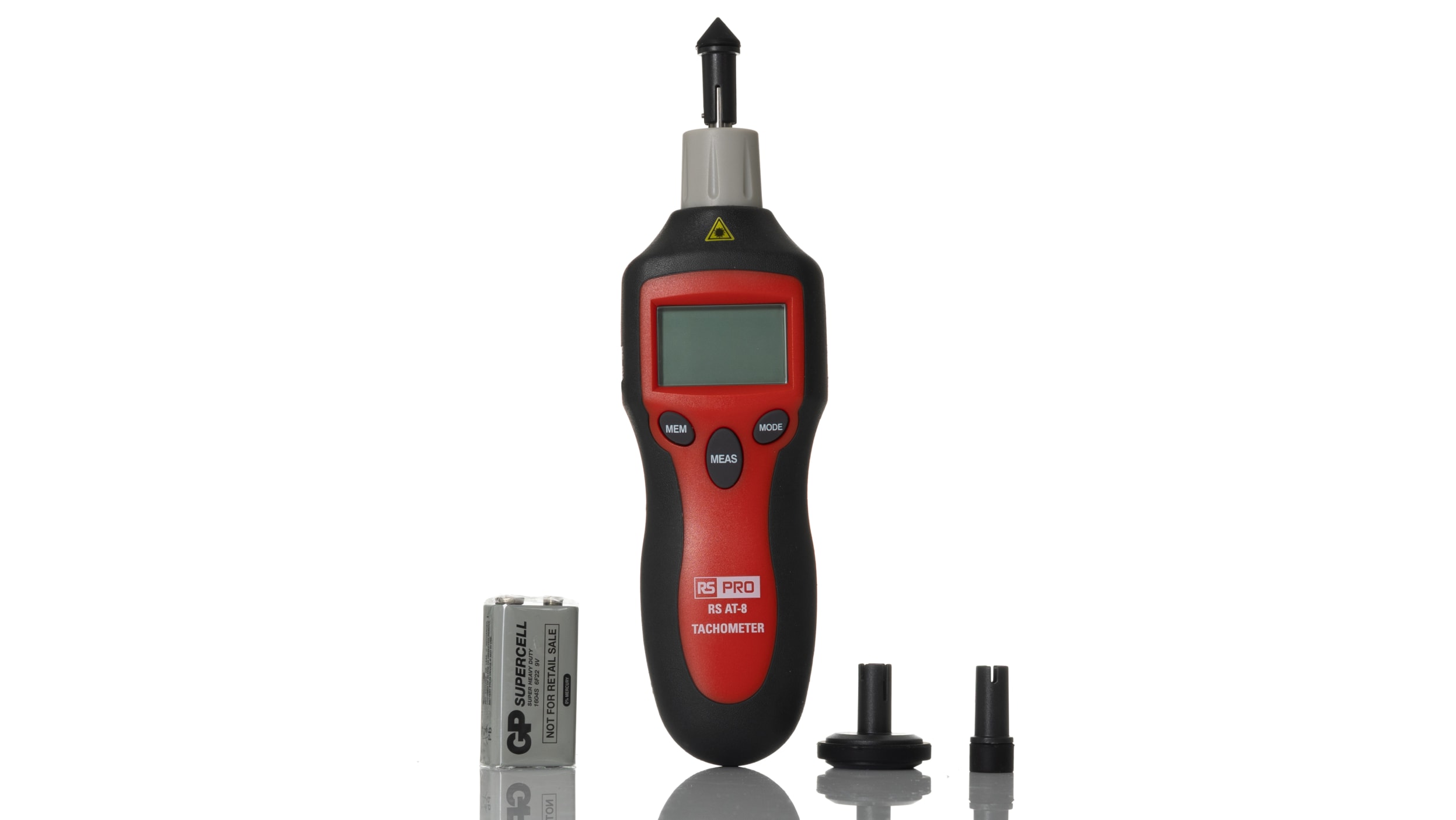Tachometer Fundamentals: Whatever You Need to Know for Accurate Readings
Wiki Article
The Significance of a Tachometer in Checking Engine Speed and Efficiency in Automotive Applications
In the world of auto design, the tachometer stands as a pivotal instrument in the motorist's collection, giving a direct window into the internal operations of a vehicle's engine. Past its function as a mere gauge of transformations per minute (RPM), the tachometer offers as an essential tool for enthusiasts and experts alike, providing real-time insights into engine performance and health and wellness.Significance of Monitoring Engine RPM
Monitoring engine RPM, or changes per minute, is a critical facet of automobile maintenance and efficiency evaluation. Engine RPM straight correlates with the rate at which the engine's crankshaft revolves, showing exactly how swiftly the engine is running - tachometer. By keeping an eye on RPM, technicians can assess the wellness of the engine, identify possible problems, and fine-tune performance. An unusual RPM reading might indicate issues such as engine misfires, faulty spark plugs, or concerns with the fuel delivery system. Continually high RPM analyses might indicate hostile driving routines or the requirement for a greater equipment shift to improve gas effectiveness.Moreover, monitoring engine RPM is crucial for performance assessment in auto racing and high-performance lorries. In summary, keeping track of engine RPM is not only essential for spotting problems yet also for optimizing engine performance in different auto applications.

Benefits of Real-Time Data
In automobile applications, real-time data plays a vital duty in giving instant insights into the performance and condition of the car. By continuously keeping track of different specifications such as engine rate, temperature level, gas usage, and much more, real-time data provides various advantages that add to enhanced effectiveness and safety and security when traveling.
One significant benefit of real-time information is its capability to alert chauffeurs and service technicians to any type of anomalies or issues without delay. This aggressive strategy makes it possible for fast identification of potential troubles, enabling prompt interventions to stop further damages or failures. Furthermore, real-time data facilitates efficiency optimization by offering immediate responses on driving habits and engine effectiveness. Vehicle drivers can change their actions in real-time based on this information to attain far better fuel economic situation and lengthen the lifespan of their lorry.

Moreover, real-time data plays an essential function in modern-day automobile diagnostics, making it possible for specialists to swiftly diagnose and attend to breakdowns. This results in minimized downtime, reduced maintenance expenses, and inevitably, improved general lorry reliability and durability (tachometer). By using the power of real-time data, automobile stakeholders can make enlightened choices that positively affect both the efficiency and long life of the vehicle
Effect on Equipment Shifts
The tachometer plays an essential role in optimizing gear changes by giving real-time engine rate information to the motorist. When coming close to the redline on the tachometer, it indicates the chauffeur to upshift to avoid over-revving the engine and causing potential damage.In addition, the tachometer help in attaining smoother gear shifts, particularly in manual transmissions. By monitoring engine rate, motorists can carry out gear changes at the optimum RPM variety, decreasing jerking activities and lessening wear click here to read on the transmission components. This accuracy in gear changes not just improves driving comfort but additionally contributes to fuel performance.
Enhancing Fuel Efficiency
Offered the important role the tachometer plays in maximizing equipment shifts for efficiency and engine health, it straight contributes to optimizing fuel performance in automobile applications. By giving real-time feedback on engine rate, the tachometer helps chauffeurs in maintaining the most efficient RPM array for fuel economic situation. When motorists consistently check the tachometer and adjust their motoring practices as necessary, they can avoid unneeded fuel usage triggered by over-revving or carrying the engine.Moreover, the tachometer helps chauffeurs determine the most fuel-efficient gear to be in at any type of given moment, stopping the engine from working more challenging than needed. In final thought, the tachometer offers as a useful device in improving fuel effectiveness by promoting optimal site link driving practices and identifying areas for improvement in the vehicle's efficiency.

Making Best Use Of Engine Long Life
The tachometer's role in checking engine have a peek at this website speed and performance is important in guaranteeing the long life of vehicle engines. Keeping track of the tachometer permits motorists to remain within the suggested RPM array for their car, protecting against unnecessary pressure on the engine and extending its life expectancy.
Verdict
Finally, the tachometer plays an important duty in keeping an eye on engine speed and efficiency in automotive applications. By supplying real-time data on RPM, it enables efficient equipment shifts, improved gas effectiveness, and maximized engine durability. This device is vital for maintaining ideal engine efficiency and guaranteeing the total functionality of an automobile.Report this wiki page